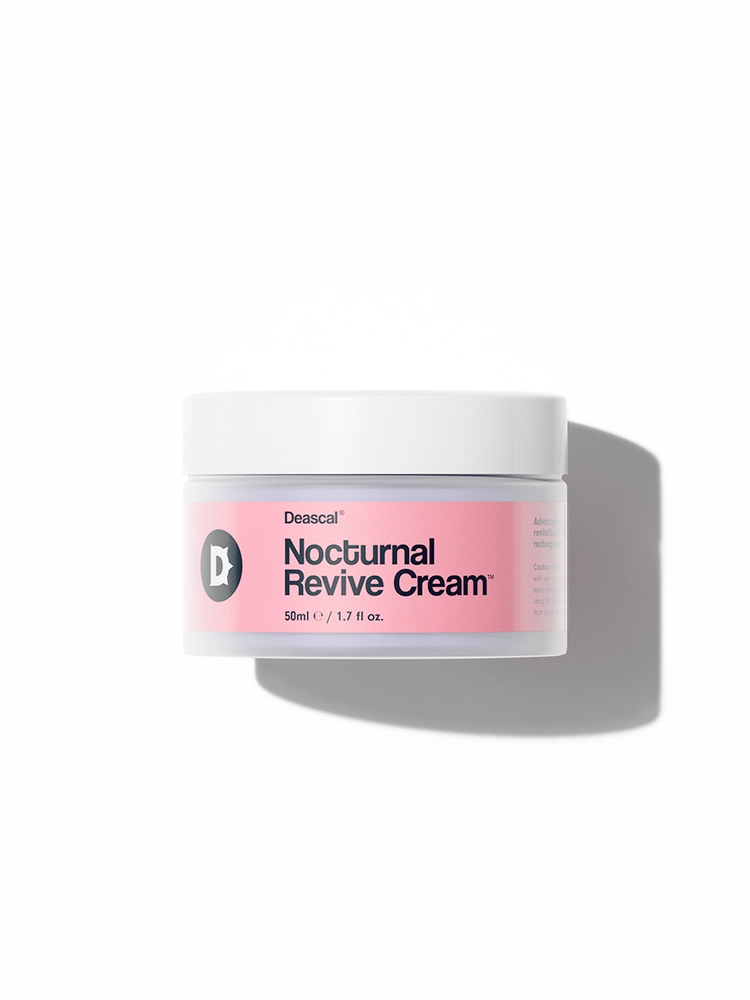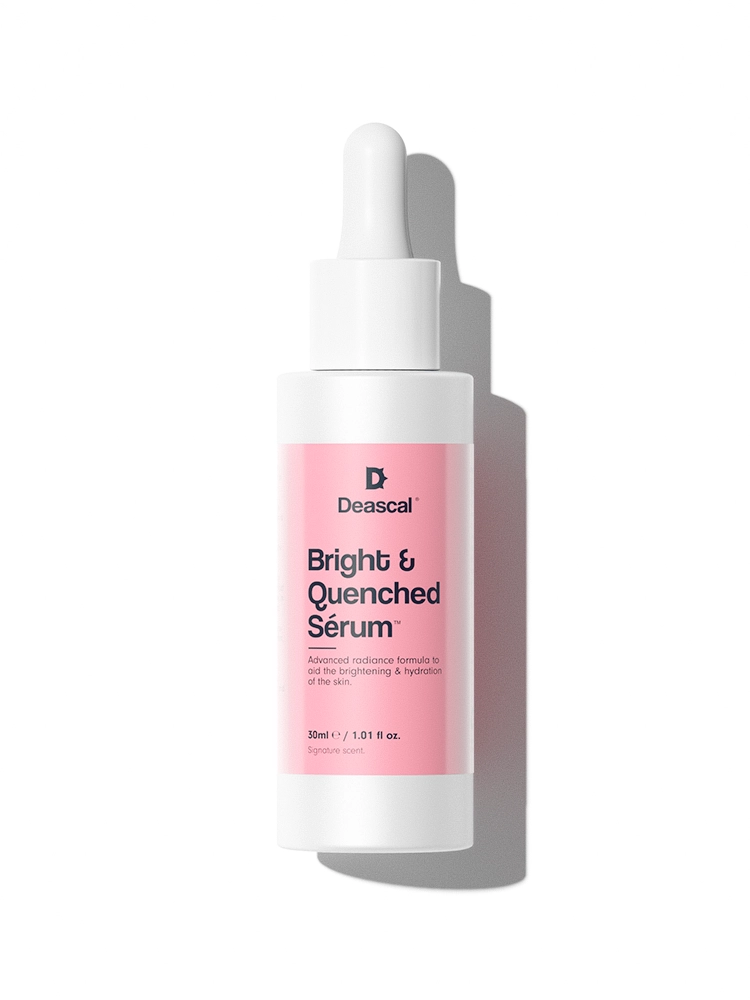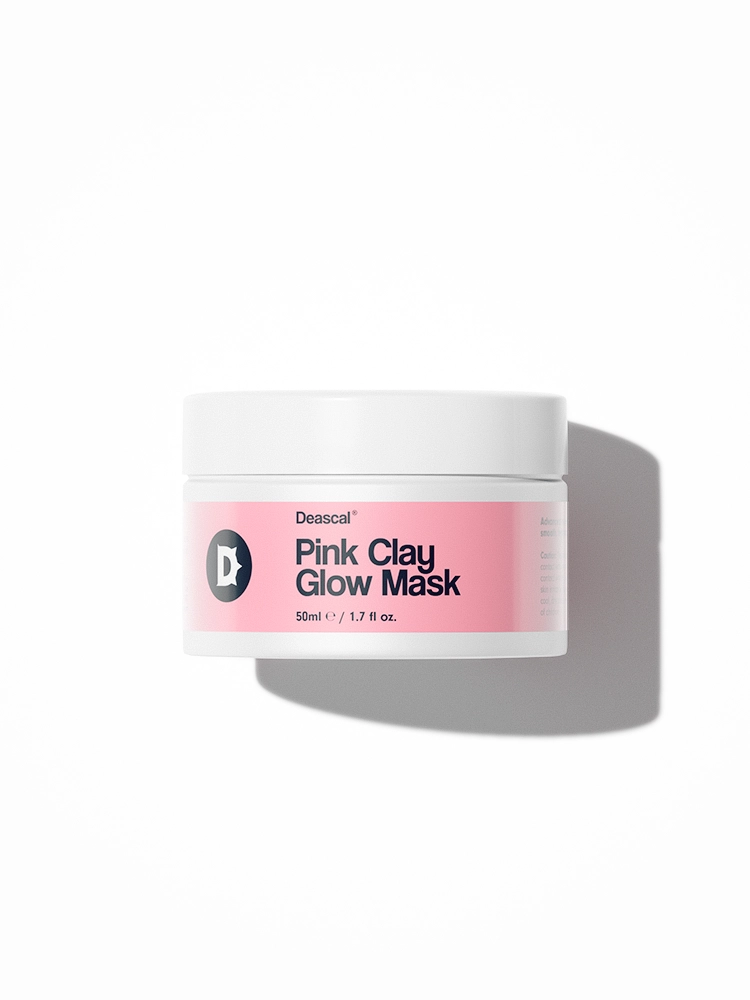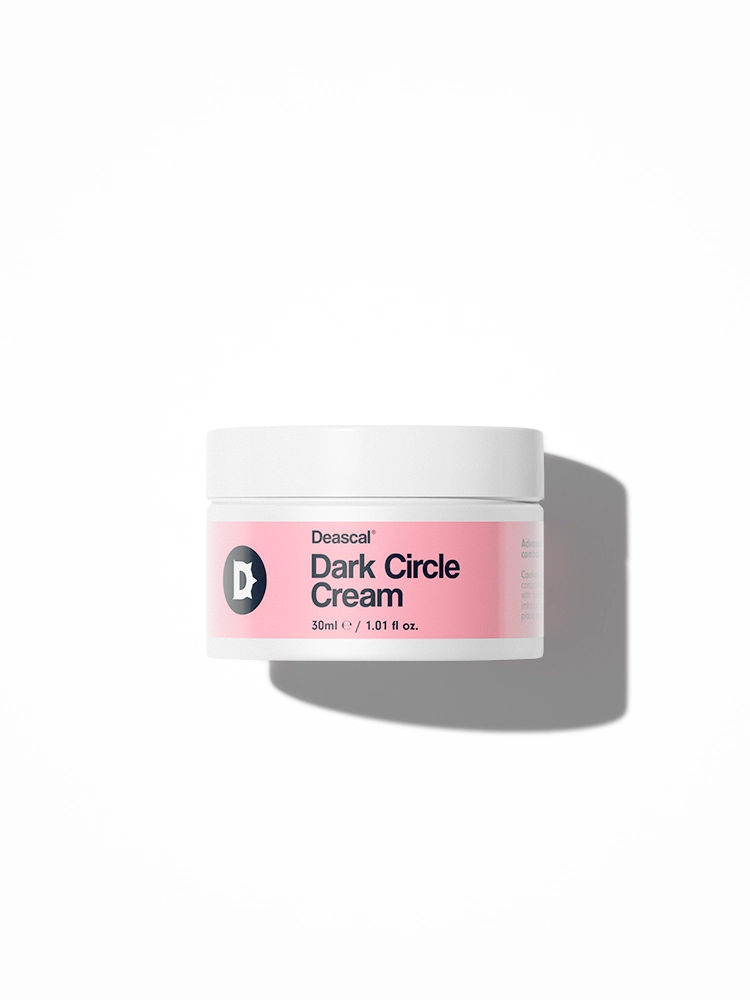What Is Laurylpyridinium Chloride?
Laurylpyridinium Chloride, also known as 1-Dodecylpyridinium chloride, is a versatile ingredient commonly found in various cosmetic products. Chemically, it is a quaternary ammonium compound, which means it contains a positively charged nitrogen atom. This structure is key to its effectiveness in various applications. The ingredient is derived from pyridine, a basic heterocyclic organic compound, and lauryl chloride, which is a fatty acid chloride.
The use of Laurylpyridinium Chloride in cosmetics has a rich history. Initially, it was explored for its antimicrobial properties, which made it a popular choice in formulations aimed at reducing bacterial growth. Over time, its utility expanded as researchers discovered its antistatic, deodorant, and cleansing capabilities. This multifaceted functionality has cemented its place in a wide range of personal care products, from shampoos and conditioners to deodorants and facial cleansers.
The manufacturing process of Laurylpyridinium Chloride involves a chemical reaction between pyridine and lauryl chloride. This reaction produces a compound that is then purified and processed into a form suitable for cosmetic formulations. The end product is a white to off-white powder or crystalline substance that easily dissolves in water, making it convenient for use in various liquid and cream-based products.
The Benefits/Uses of Laurylpyridinium Chloride
In this section, we will delve into the officially recognized cosmetic benefits and uses of Laurylpyridinium Chloride:
Antimicrobial
Laurylpyridinium Chloride is known for its antimicrobial properties. This means it helps to inhibit the growth of microorganisms such as bacteria, fungi, and viruses on the skin. In practical terms, this can help to keep your skin cleaner and reduce the risk of infections, making it a valuable ingredient in products like facial cleansers, body washes, and even some types of makeup.
Antistatic
Another benefit of Laurylpyridinium Chloride is its antistatic function. This means it helps to reduce static electricity, which can be particularly useful in hair care products. By minimizing static, it helps to keep your hair smooth and manageable, preventing that annoying frizz and flyaway hair that can be a real hassle, especially in dry or windy conditions.
Deodorant
Laurylpyridinium Chloride also serves as a deodorant. This doesn’t mean it masks odors; rather, it helps to eliminate the bacteria that cause unpleasant smells. This makes it an effective ingredient in deodorants and antiperspirants, helping you stay fresh throughout the day.
Cleansing
Last but not least, Laurylpyridinium Chloride has cleansing properties. This means it helps to remove dirt, oil, and other impurities from the skin. It’s a common ingredient in facial cleansers, body washes, and shampoos, providing a thorough clean that leaves your skin and hair feeling fresh and revitalized.
Note: The listed benefits above are exclusively based on the officially recognized and defined functions of the ingredient, as documented by the International Nomenclature of Cosmetic Ingredients (INCI).
Potential Side Effects & Other Considerations
Laurylpyridinium Chloride is generally considered safe for use in cosmetic products, but like any ingredient, it may not be suitable for everyone. Here are some potential side effects of its topical application:
- Skin irritation
- Allergic reactions
- Dryness
- Redness
- Itching
Regarding individuals who are pregnant or breastfeeding, data and research on the topical usage of Laurylpyridinium Chloride during pregnancy and breastfeeding are lacking. Therefore, it is advisable for these individuals to consult a healthcare professional for further advice before using products containing this ingredient.
Adverse reactions to Laurylpyridinium Chloride are relatively uncommon, but they can occur. To minimize the risk of experiencing side effects, it is recommended to conduct a patch test before widespread usage.
In terms of comedogenicity, Laurylpyridinium Chloride is rated as a 1 on a scale of 0 (totally non-comedogenic) to 5 (highly comedogenic). This low rating means it is unlikely to clog pores and cause acne or breakouts, making it generally suitable for people prone to blemishes.




